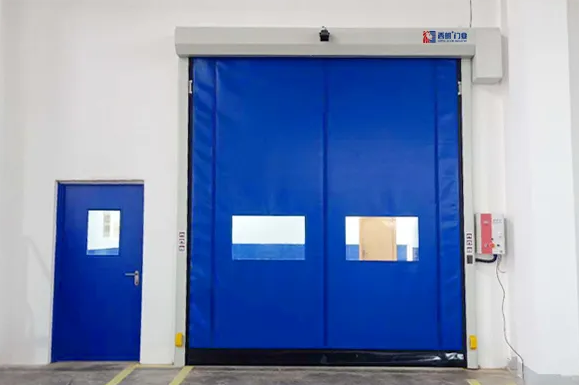Japanese culture is a rich tapestry of traditions, beliefs, and innovations, and its architectural elements reflect this intricate blend. Among the various distinct features of Japanese architecture, sliding doors, known as 'fusuma' or 'shoji', are particularly noteworthy.
So, why did sliding doors become so prevalent in Japan? Multiple factors have contributed to their widespread adoption:
- Space Efficiency: Traditional Japanese homes, particularly in urban areas, are often compact. Sliding doors, unlike hinged doors, do not require additional space to swing open or close. This means that the interior space can be used more efficiently, making rooms feel more spacious and flexible.
- Flexibility and Versatility: Fusuma and shoji can easily be opened, closed, or removed altogether, allowing homeowners to change the layout of their living space according to their needs. For instance, two rooms separated by a sliding door can be turned into a larger, single space for gatherings.
- Natural Lighting and Ventilation: Shoji, made of translucent paper stretched over a wooden frame, allow soft light to permeate the room while preserving privacy. This quality fosters a harmonious relationship between the indoors and the natural environment outside. Additionally, because they can be opened wide, sliding doors promote better air circulation, keeping homes cooler during hot summers.

- Aesthetics: The minimalist and clean design of sliding doors complements the Japanese aesthetic principles of simplicity and nature integration. The delicate paper of shoji or the intricate designs on fusuma add a touch of elegance and tranquility to homes.
- Cultural Significance: Sliding doors, especially fusuma, often bear beautiful paintings or calligraphy that tell stories or convey philosophical ideas. They are not just functional elements but also artistic canvases that encapsulate the essence of Japanese culture.
While the sliding door remains a fixture in many traditional Japanese homes, modern architecture worldwide has adopted and adapted this element for contemporary settings. For instance, in bustling industrial environments, there's an increasing trend toward using high speed roll up doors. These doors, inspired by the principles of sliding doors, prioritize speed and efficiency without compromising the benefits of space-saving design.
In essence, the sliding doors of Japan are not just architectural elements but symbolic reflections of the country's cultural ethos, emphasizing harmony, flexibility, and aesthetic beauty. As we move into an era of rapid technological advancement, it's intriguing to see how age-old designs inspire modern innovations in door mechanisms and beyond.